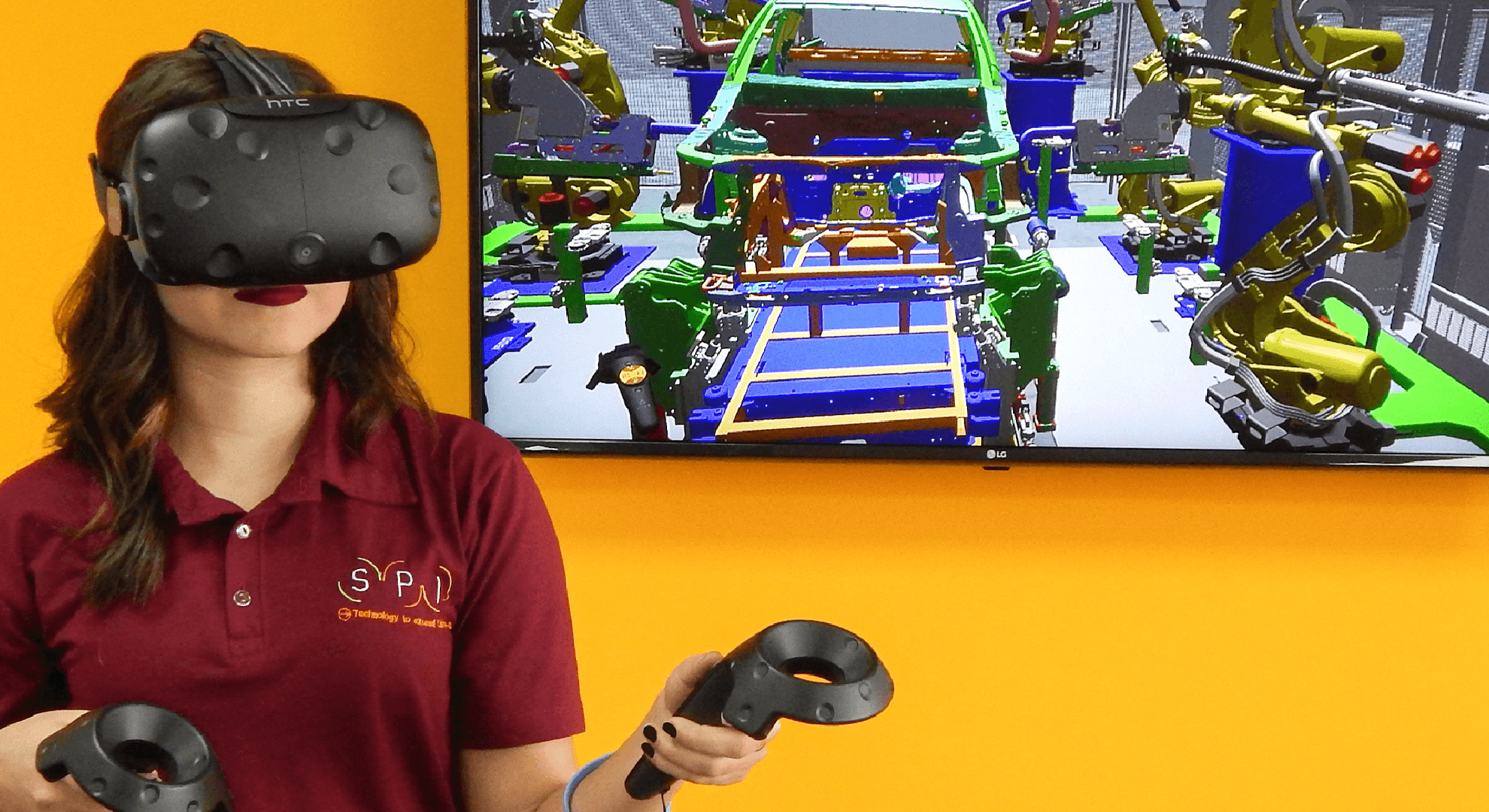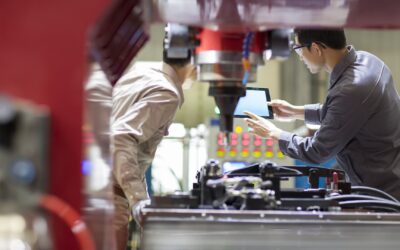Do you use Uber to get around? Do you use Airbnb to find accommodations? Be aware that these services could only become a reality when digital platforms brought offline assets to the online universe. Both Uber and Airbnb adopted a strategy known as asset hacking, which consists of taking over third-party assets to establish their business models.
Thanks to the fourth industrial revolution, the world is approaching a second strike in business models. The platforms are not only going to provide a service based on third-party assets, but they will alter the way these online assets work in search of getting more productivity out of them. This new level of digital platform control over third-party assets (hacking) will change competitiveness in the value chains drastically. How will that be done?
Imagine you are the owner of a sugar mill. You supply your mill with sugar cane from your own and third-party farms. You have developed a champion hardware and software solution and have achieved, using this technology, to view in real time what is being executed. You even count on electronical alerts that anticipate possible risks of deviations in the planned operations. This solution has also made the proposition of technological actions to improve the process. For you, the next step is to adopt the asset hacking strategy and negotiate with your suppliers the use of your technology to extract productivity from their farms, aiming at a general reduction of costs and increase in competitiveness.
Likewise, this kind of hacking applies to other industries such as automotive. At an automaker’s plant, years of system development in logistics can be transformed in a hardware and software solution to be shared with partners, aiming at general gains of competitiveness in the chain.
The productivity offered by the asset hacking strategy in the fourth industrial revolution is not only accessible to industries, it can also be employed in other sectors such as health care. Using this strategy, a hospital that develops an innovative hardware or software solution for a diagnostic center, for example, may share its solution with other hospitals to maximize the general effectiveness and efficiency of the health care system. Besides raising profits, this kind of strategy contributes with innovation socially.
The use of the asset hacking strategy to extract productivity has become feasible thanks to three elements: the platform, the Internet of Things, and digital twins. The platform gave visibility to offer and demand. With IoT, the remote control of processes and objects, which depended on several layers of software and hardware, became simpler. Finally, with the process of digital simulations of processes and equipment, it will be more difficult to find a process or equipment that has not been developed digitally. This digital development leads to the creation of digital twins, actual avatars of processes and equipment.
These technologies challenge all companies to revise their value chain both upstream and downstream in search of opportunities to adopt the asset hacking strategy. The objective? To reach a new levels of collaboration (or hacking) for competitiveness in businesses. The asset hacking strategy offers a new pathway for companies in several segments to extract productivity from assets that are spread throughout their value chains.
Élcio Brito is a professional that has been working in the industrial automation area for over 30 years. He is managing partner of SPI System Integration, a Brazilian engineering company focused on the implementation of Industry 4.0 projects. He acts in the development of solutions of automation, Internet of Things, robotics, augmented reality, artificial intelligence for the industries, having participated and conducted projects of great complexity. He has international experience in projects in Japan, Argentina, Mexico and USA.




